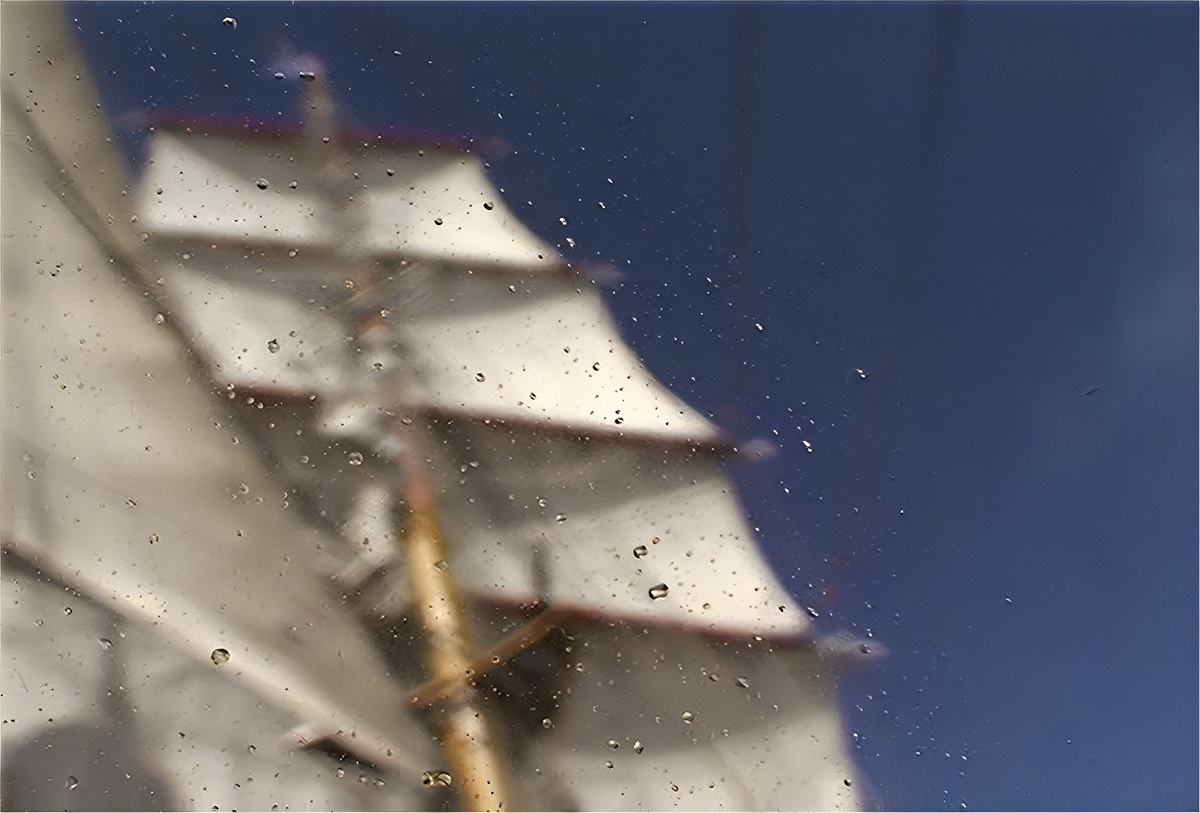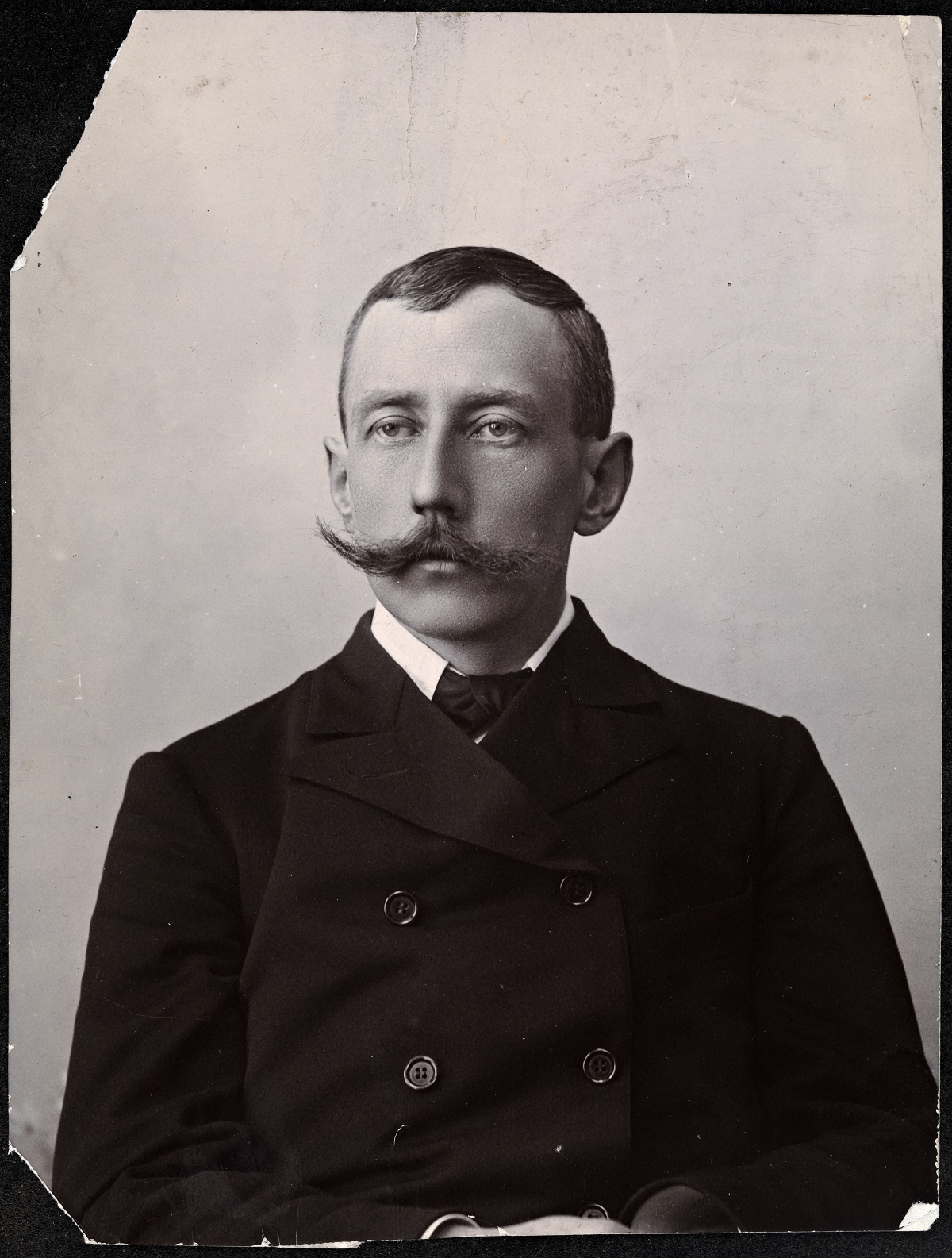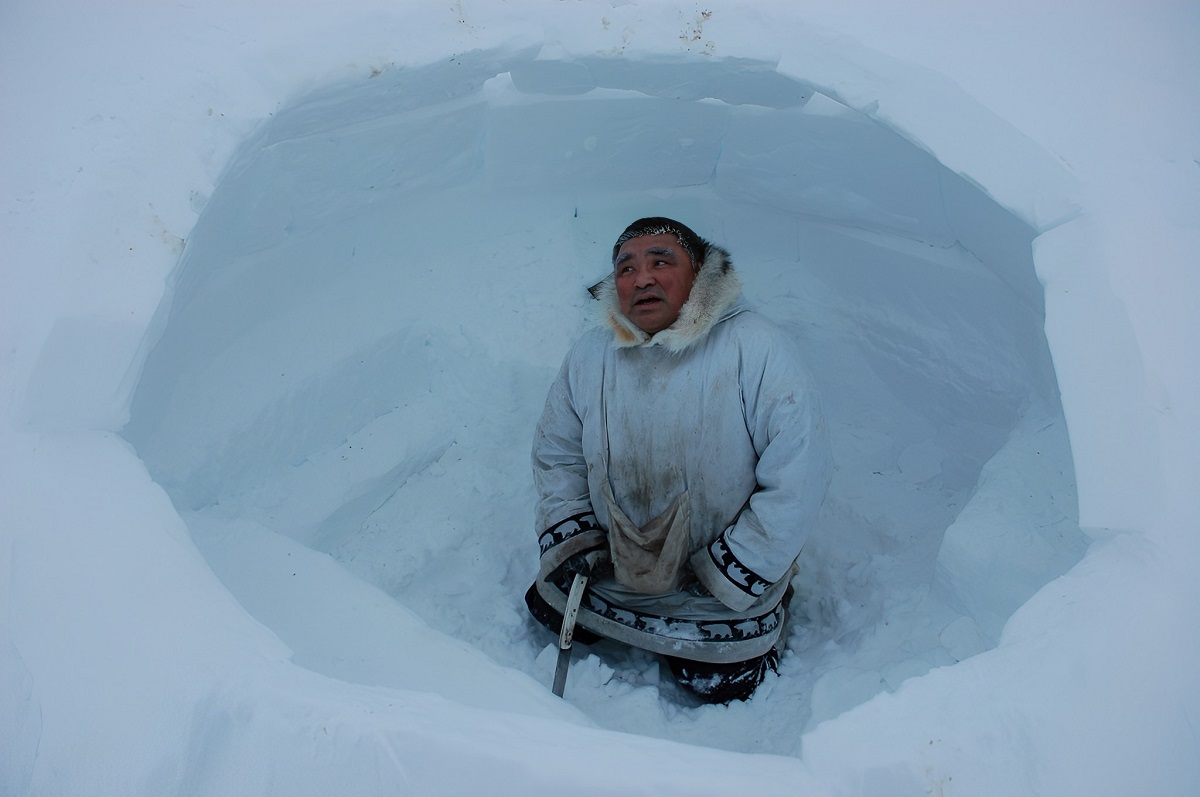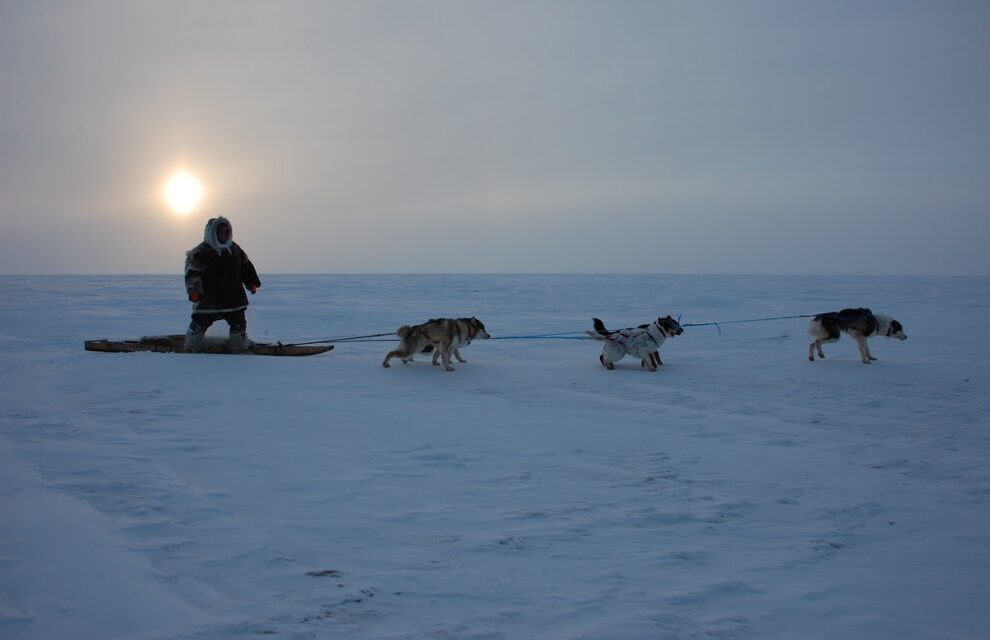I have enjoyed taking my feature film The Blinding Sea on tour in France, Britain, the United States, and cities in southern Canada. I have just been invited by the Nattilik Heritage Society to present the film in Gjoa Haven, Nunavut, to show it to the Inuit community there. This comes as such an honour. We are planning three screenings there, in mid-November.
I enjoy the direct response of live audiences in different countries. I look forward to hearing feedback from people in Nunavut.
Showcasing the film in Gjoa Haven means I will meet up again with Inuit who appear in the film, like George Konana, pictured in the feature image at the top of this blog along with his dog team, on a cold February morning. The wind chill that day was -68.3°C (or -91°F)! George is the great-grandson of Koleok, an Inuk woman who knew Roald Amundsen well enough, after travelling several months with him in 1904-1905, to propose marriage to him.
Producing and directing this film was a multiyear project. There were times when I was unsure I would be able to complete it. I had to teach myself how to make a film, since I simply had no clue; I had to unlearn what I thought I knew, which always takes time; I sometimes got bogged down; I got sidetracked; I got disoriented; sometimes the camera froze; other times, I was the one to freeze; I had to search for the “real story” I wanted to tell.

I mentioned in a blog last year how Alfred Hitchcock came to me in a dream, and explained what I should do to complete the film.
https://www.evidentia.net/evidentia/altered-states-in-london/
One thing this dream taught me was not to be afraid of my own emotions in risking life and limb while shooting scenes. My own extreme cold and discomfort, whether on the research icebreaker Amundsen wintering on the Beaufort Sea, on the three-masted bark Europa pitching this way and that on the Southern Ocean, or dog-sledding in Nunavut and the Yukon, were key parts of the story. It was perfectly OK to let the camera move around, because that gave a vivid and clear impression of the actual conditions I was experiencing. I learned to “see” with the camera.
The dream also taught me not to be afraid of the emotions of the characters in the film – after all, polar explorers a hundred and more years ago knew excitement, love, desire, fear, hatred, hunger, disgust, terror, thirst, pride and shame.

Many people see Roald Amundsen the way they want. He has variously been portrayed as the “conqueror” of the Northwest Passage, the South Pole and the North Pole; a latter-day Viking; a founding hero of modern Norwegian nationhood; a heartless narcissist; a world historical character; a master mariner and ski champion; a cunning rogue; an adventurer but not much of a scientist; a glory seeker; an intruder in what “by rights” ought to have been the British sphere of Antarctic exploration. But then polar exploration in that era was a fiercely competitive business. And Amundsen was first and last a competitor.
He may have been a difficult, driven, prickly person. That wouldn’t surprise me at all!
But ultimately, he was a person with tremendous respect for Inuit, and this is proven by his two-year polar apprenticeship among them, during which they painstakingly taught him their way of life – something he acknowledged in every conceivable way throughout his career as an explorer. And Inuit respected him back!
The “real story” I want to tell with my film, when I revisit Gjoa Haven, is a story of mutual respect.


